Nikko is designated as a World Heritage Site so I thought it would be as interesting as Kyoto, unfortunately, not only was it nothing like Kyoto, but every attraction there was designed to suck money out of the tourist...(They were selling tourist maps at the Nikko railway station for 100 yen each!)
Because I was in Tokyo for 2 months for an internship this summer from August to October, I decided to take the opportunity to finally visit Nikko.
The location of Nikko relative to the location of Tokyo. After tracing the train line with Google Maps, the distance from the north of Tokyo (Kita-Senju) to Nikko was calculated to be 80 miles (130 kilometres).
View Tokyo to Nikko in a larger map
I bought the Nikko World Heritage Pass which includes a round-trip train ticket from Tokyo to Nikko plus free travel within the Nikko area to Kinugawa Onsen and admission fees to the temples and shrines of Nikko for 3,600 yen. This pass was an "exclusive deal" for foreign tourists.
This is the train that you can take with the pass. If you wanted to travel in a "limited express" train with individual seats, you have to pay an additional 1,050 yen charge, each way!
It took almost 2+ hours to get to Nikko from the north of Tokyo (Kita-Senju) and during that time I had to sit in these seats. These are the most uncomfortable seats I have ever sat on in a train in Japan!
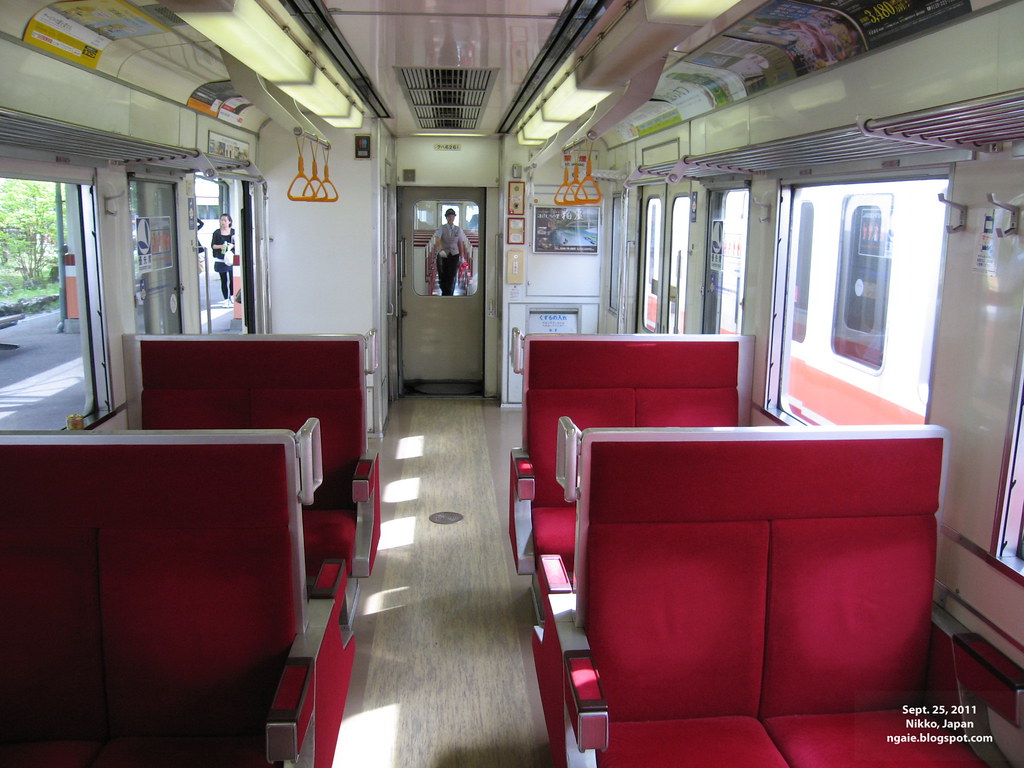
The front of the train.
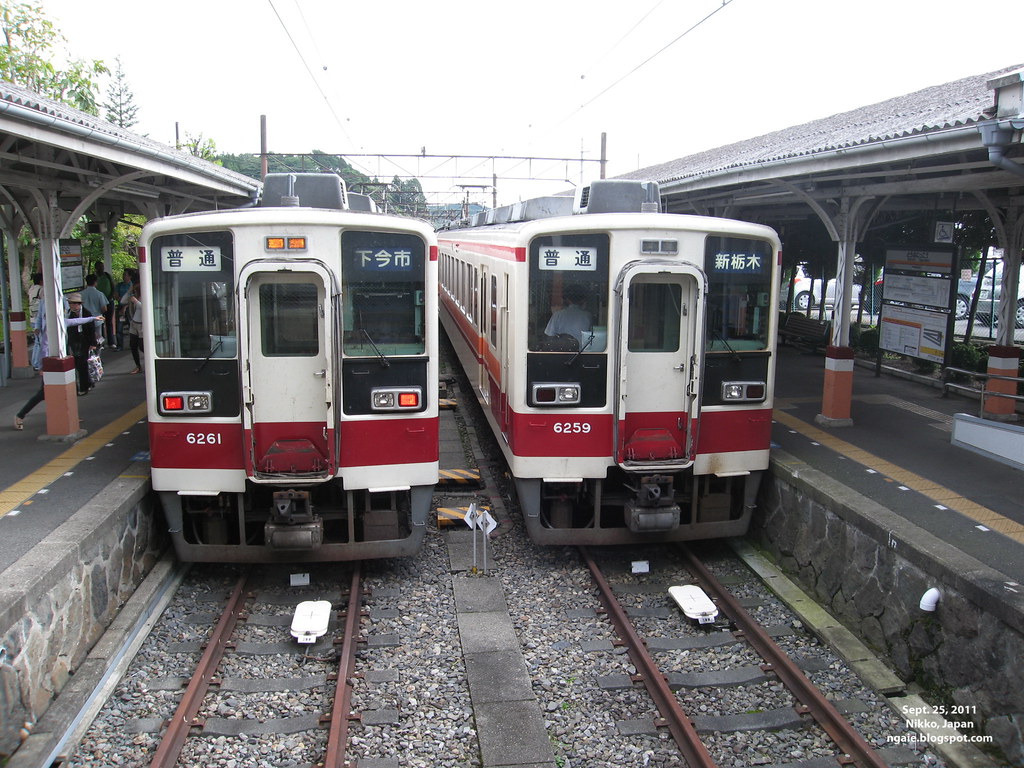
The train station in Nikko.
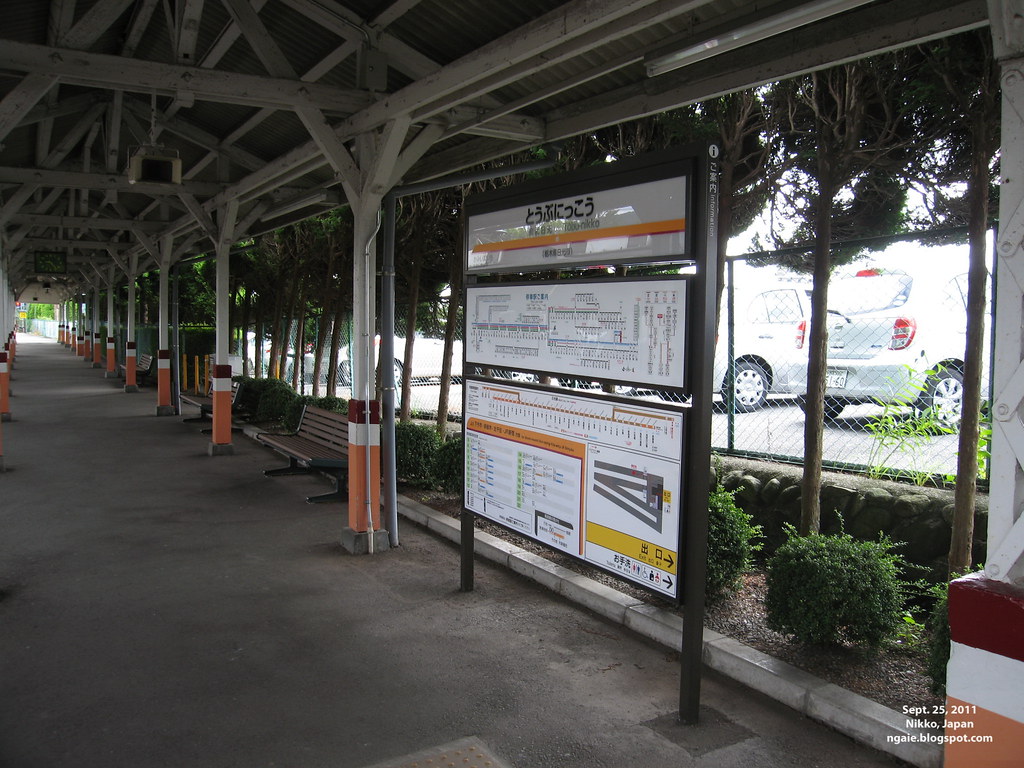
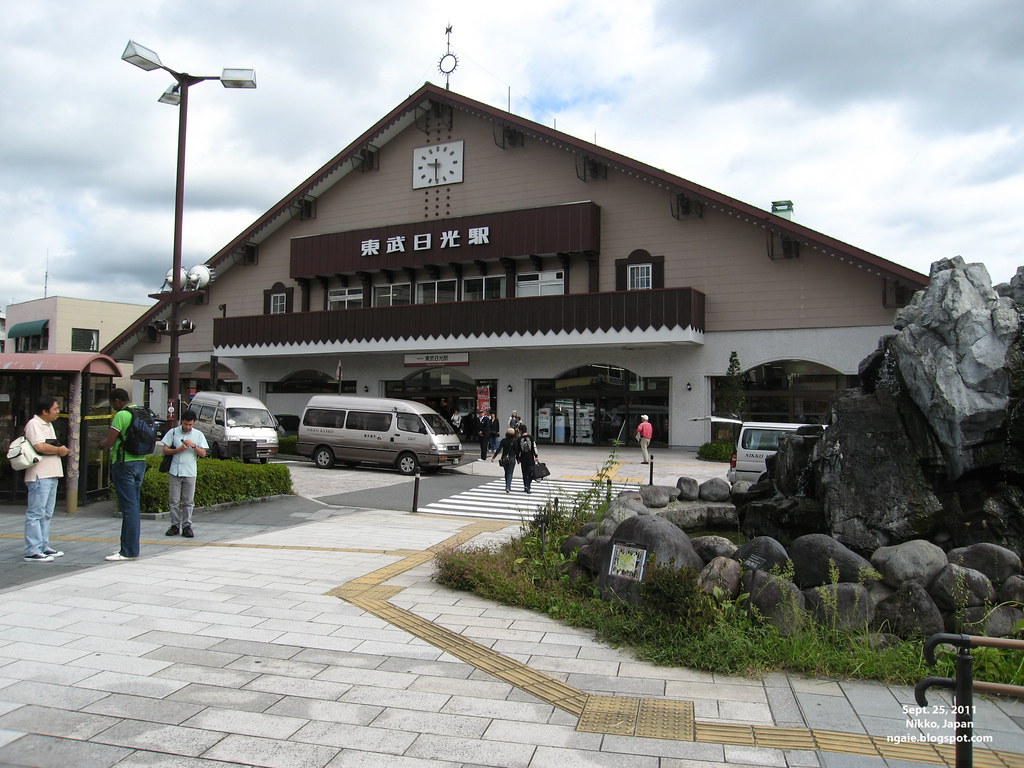

The actual tourist attractions at located in a mountainous area 10 minutes away by bus. My pass actually covered the cost of the bus tickets, but since I wanted to see what the town looked like, I decided to walk the 30 minutes required to reach the area with all the attractions. I was massively disappointed with the town.
Near the station area. The town looks so good so far, maybe there are some interesting shops or something leading to the world heritage sites?
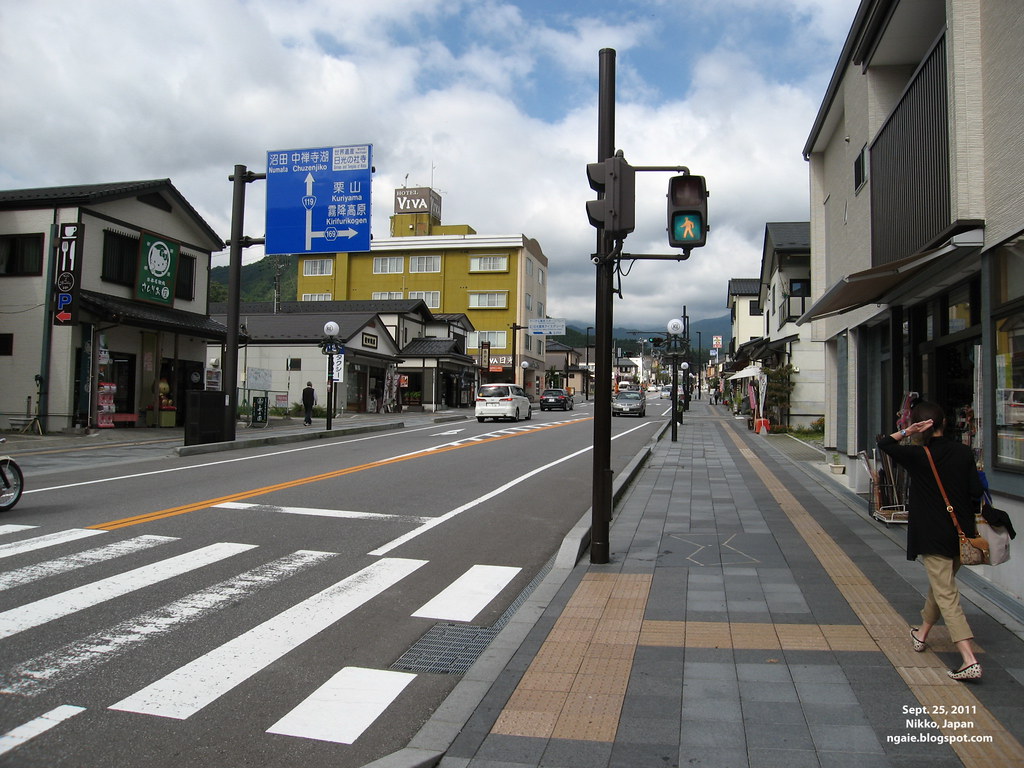
What caught my attention were the ads for the "Ice Bucks" and Ice Hockey?! I never knew that hockey is popular here?!


Unfortunately, the attractiveness of the town went downhill quite fast.
I was expecting the town of Nikko to be as attractive as say, Kyoto, but instead, it just looked like any declining small town in Japan...
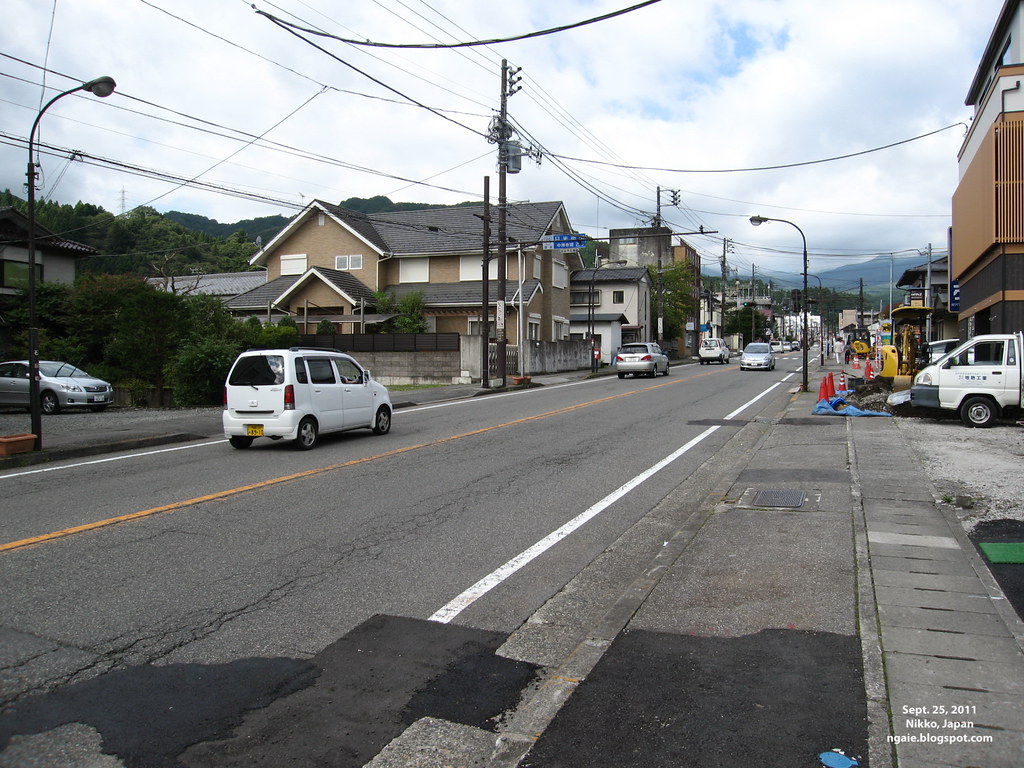
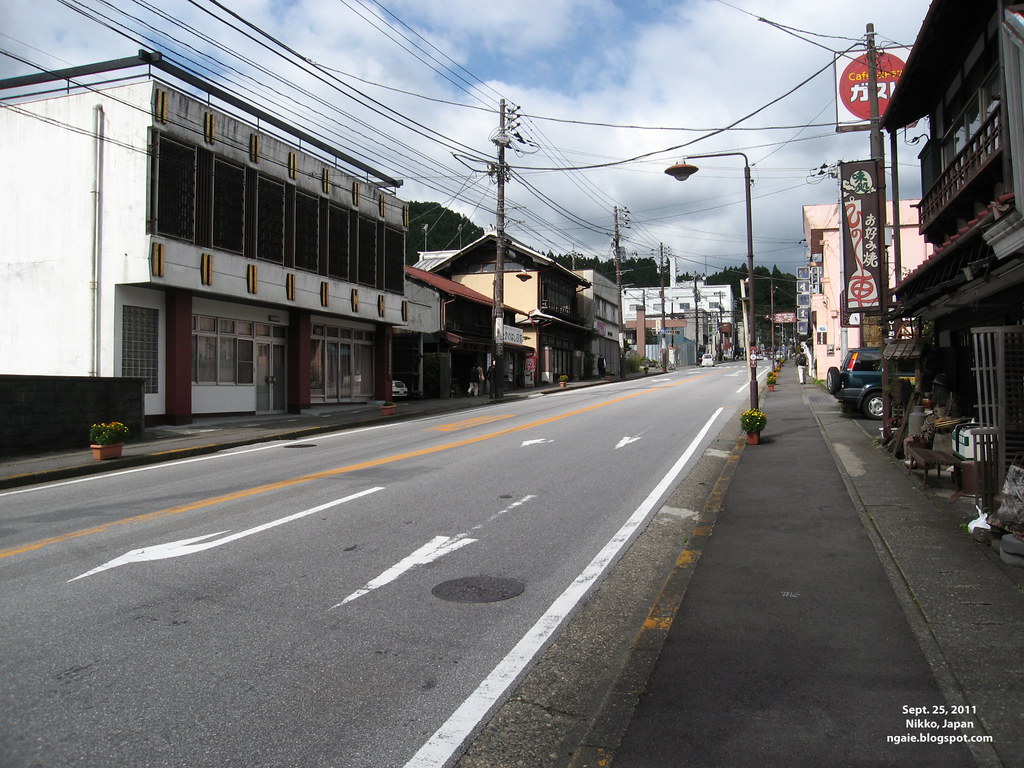
Portable Shrine for Use in Festivals.

"Japanese Dragon Art"
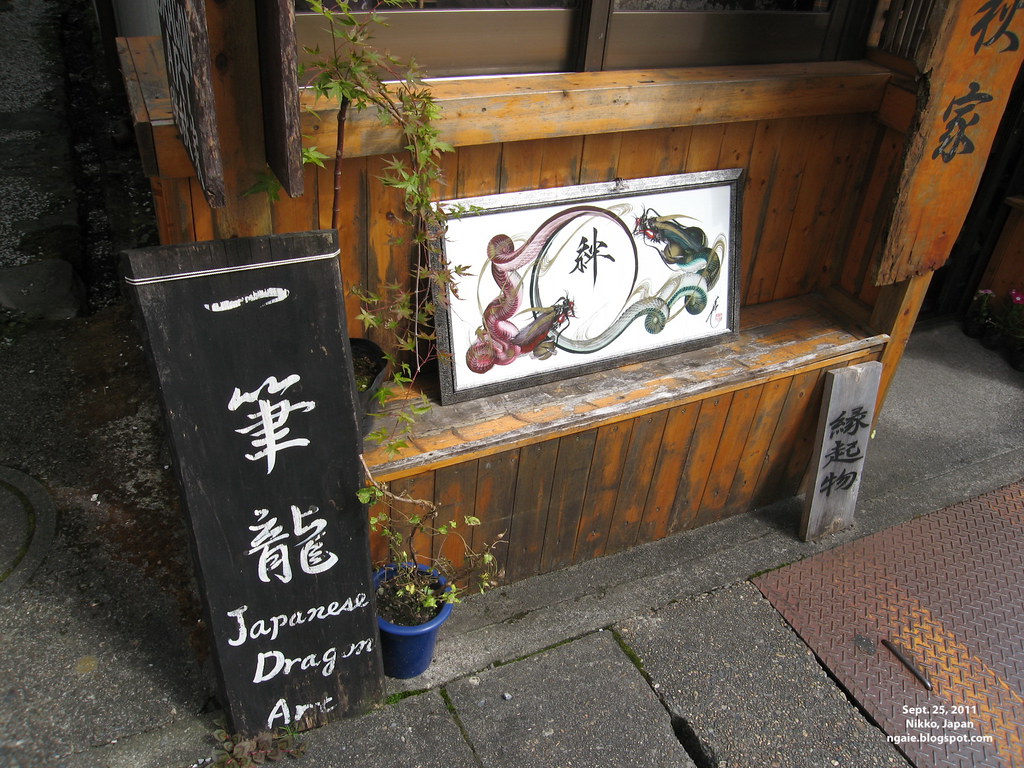
Entering the world heritage area. The Shinkyo Bridge. The Shinkyo Bridge ("sacred bridge") stands at the entrance to Nikko's shrines and temples, and technically belongs to Futarasan Shrine. The bridge is ranked as one of Japan's three finest bridges together with Iwakuni's Kintaikyo and Saruhashi in Yamanashi Prefecture.
If you want to cross the bridge, you have to pay an admission fee, and at the end of the bridge, you have to walk back across because the end of the bridge is cut off by a busy highway!
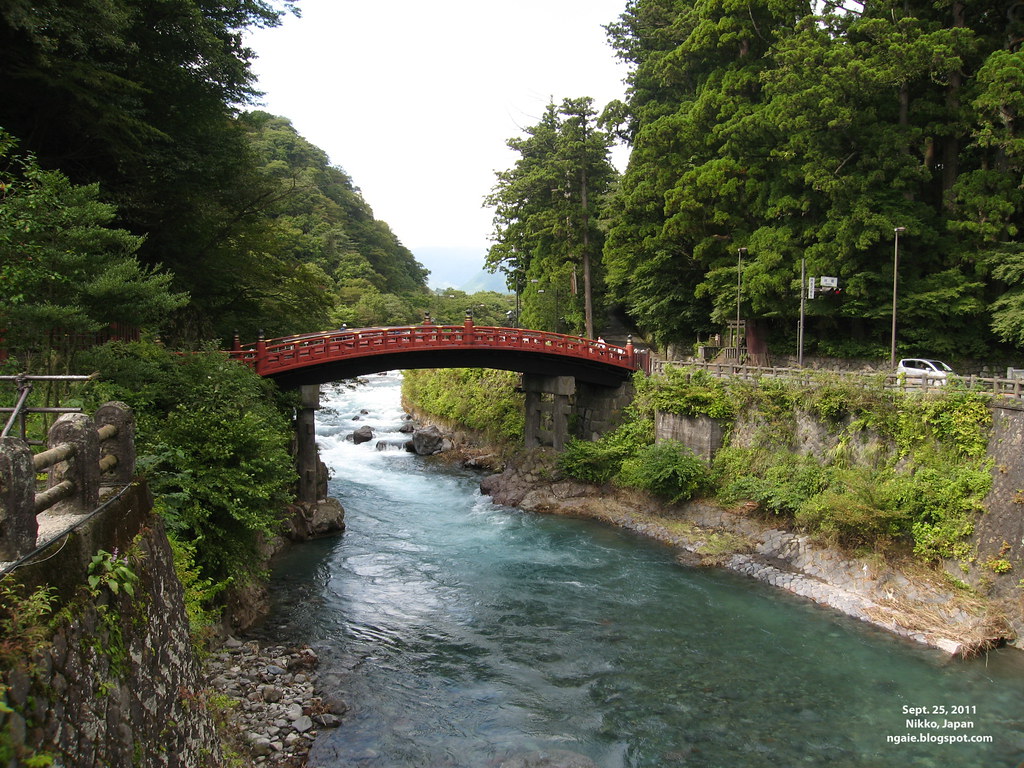
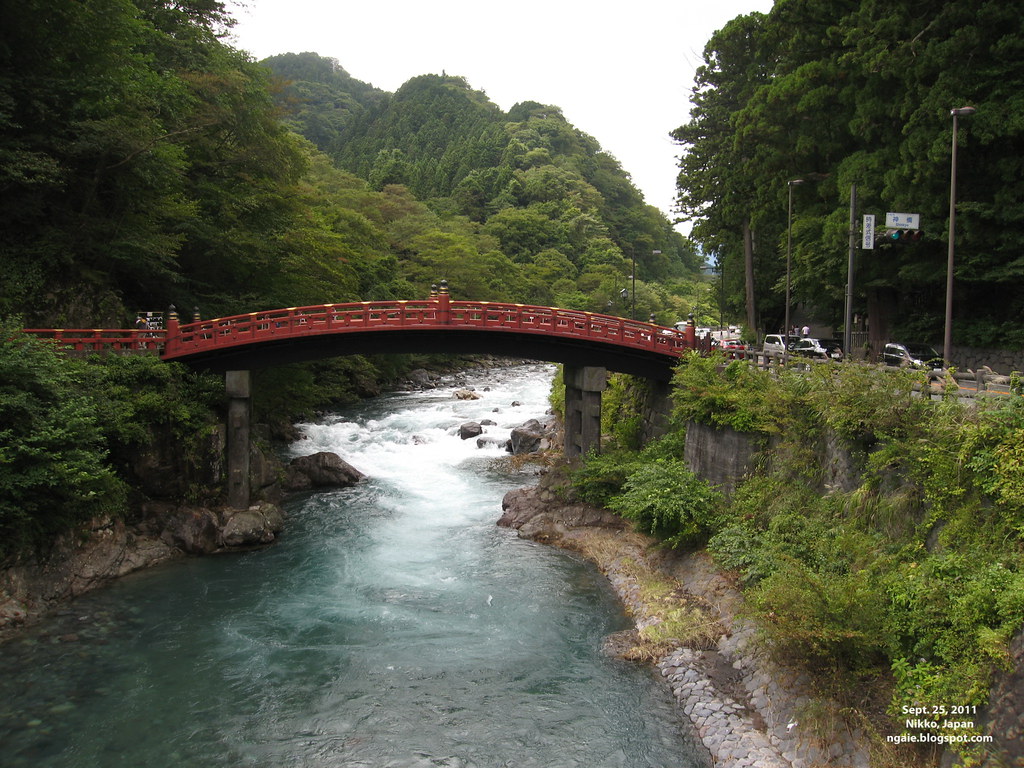
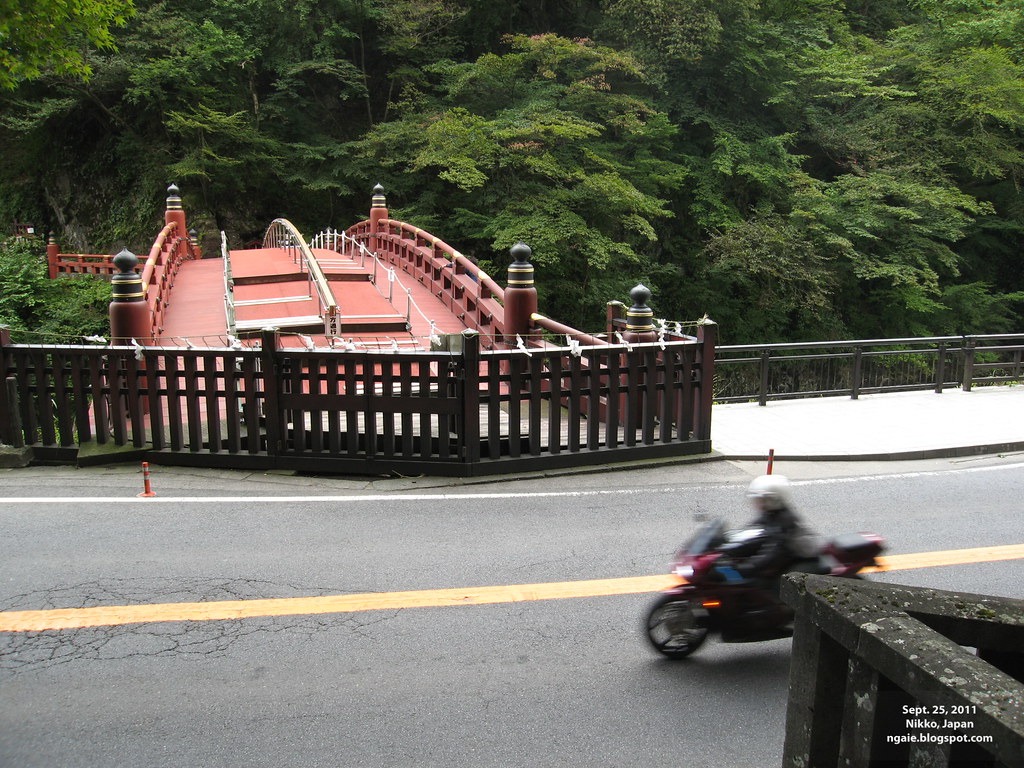

Nikko National Park, the mountainous area that contains all of the world heritage shrines and temples of Nikko.

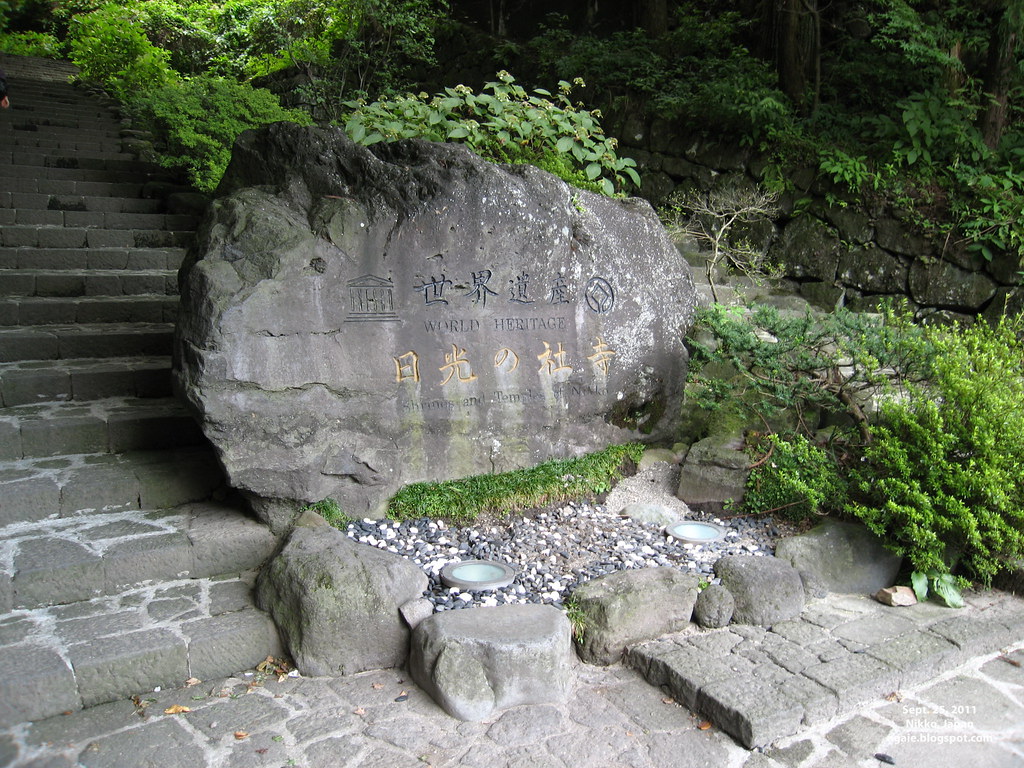
Entering the world heritage site area.
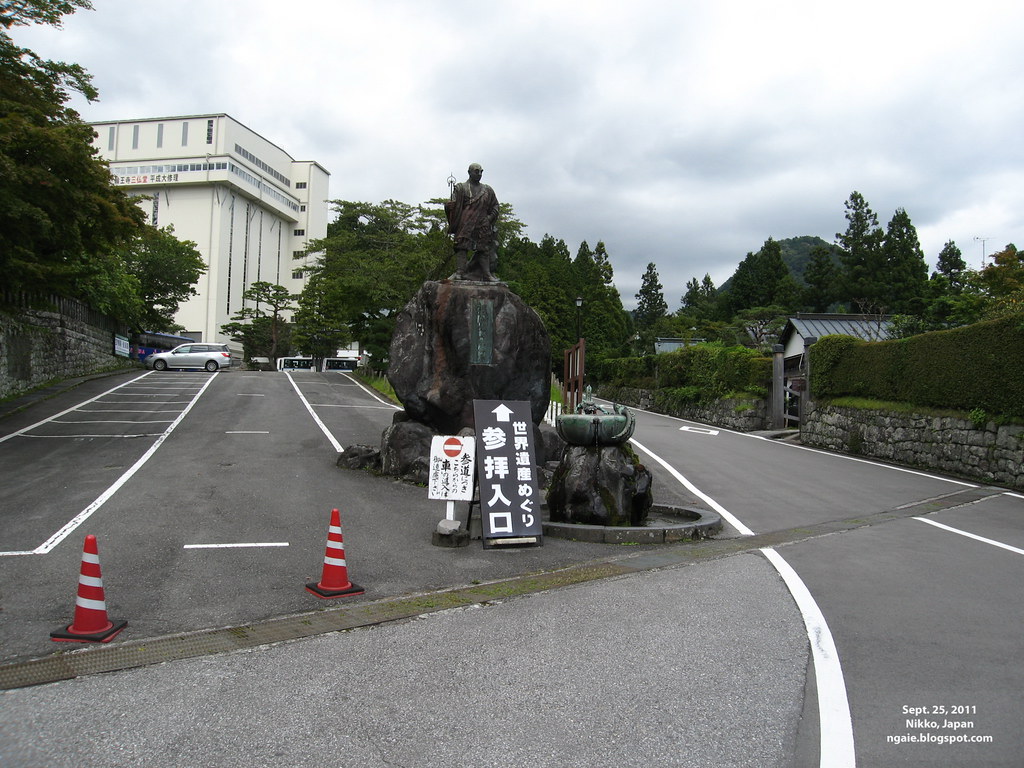
Rinnoji Temple (輪王寺), unfortunately it was under renovation. However if you wanted to see the renovated exterior in advance, you could climb up the scaffolding for a fee of about 500 yen!

Path to Toshogu Shrine, the main attraction of Nikko.


Toshogu Shrine (東照宮). The Toshogu is the mausoleum of Tokugawa Ieyasu, founder of the Tokugawa shogunate, which ruled Japan for over 250 years until 1868.
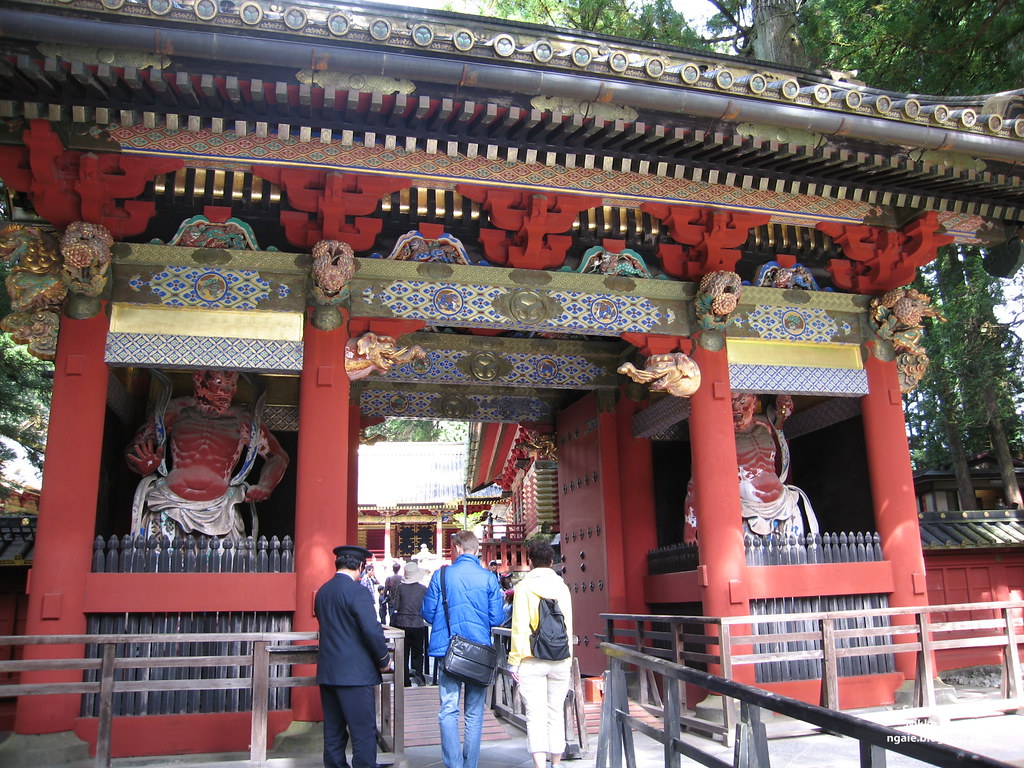
Famous carving of the "Story of the Three Monkeys"
Sculptures of monkeys are put on the Shinyosha (Sacred Stable). It consists of 8 panels, which express way of life.

The meaning of this panel is: "See no evil, speak no evil, hear no evil" in childhood.
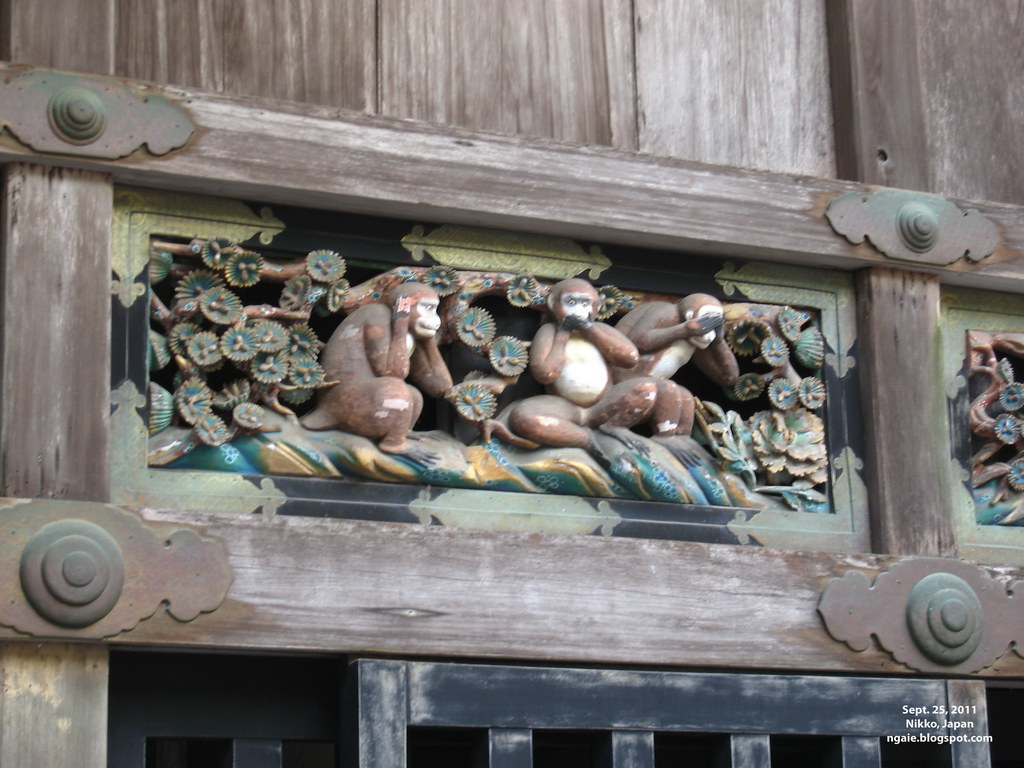
Inside the grounds of to Toshogu Shrine.
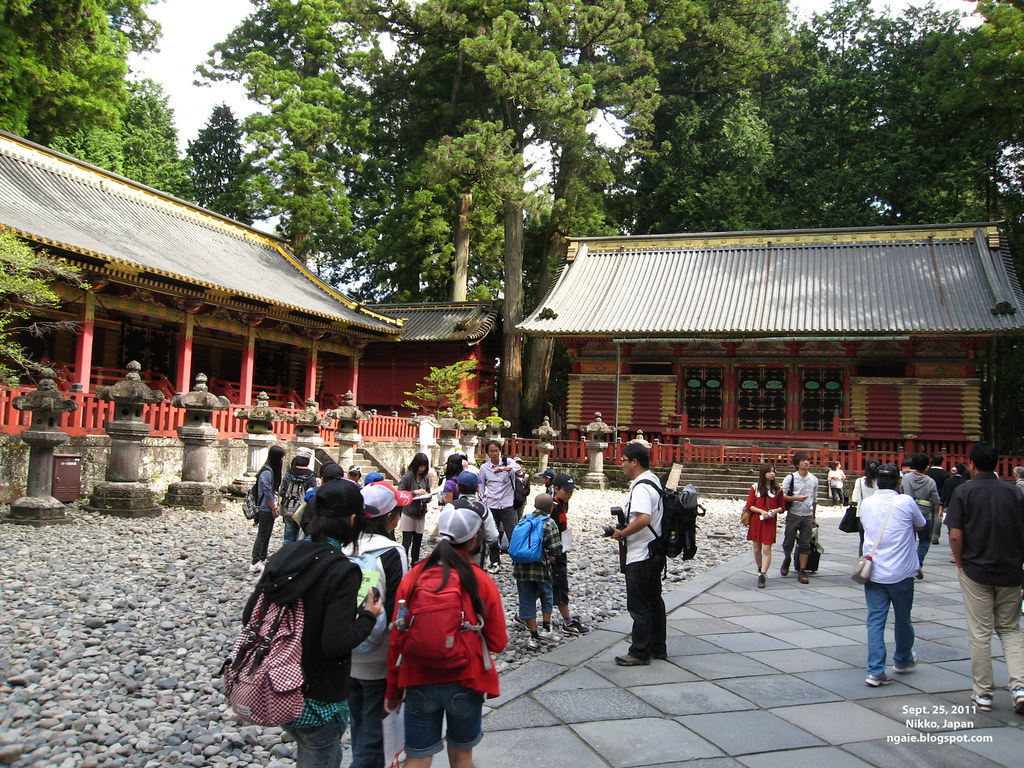
The extravagance of the shrine.
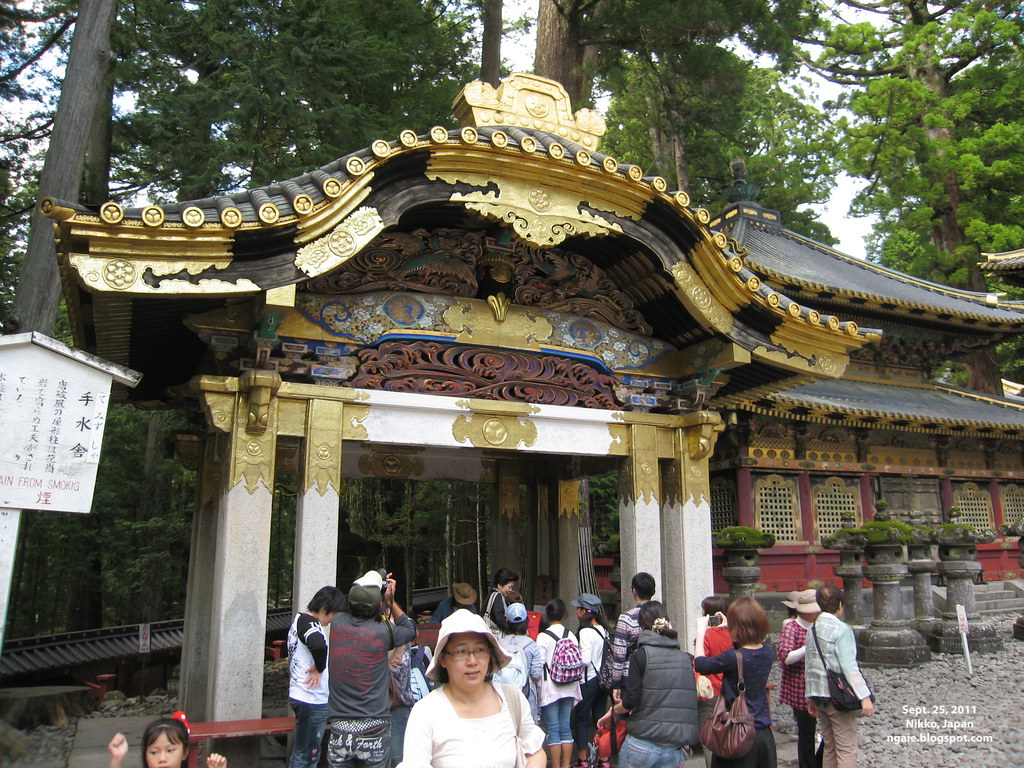


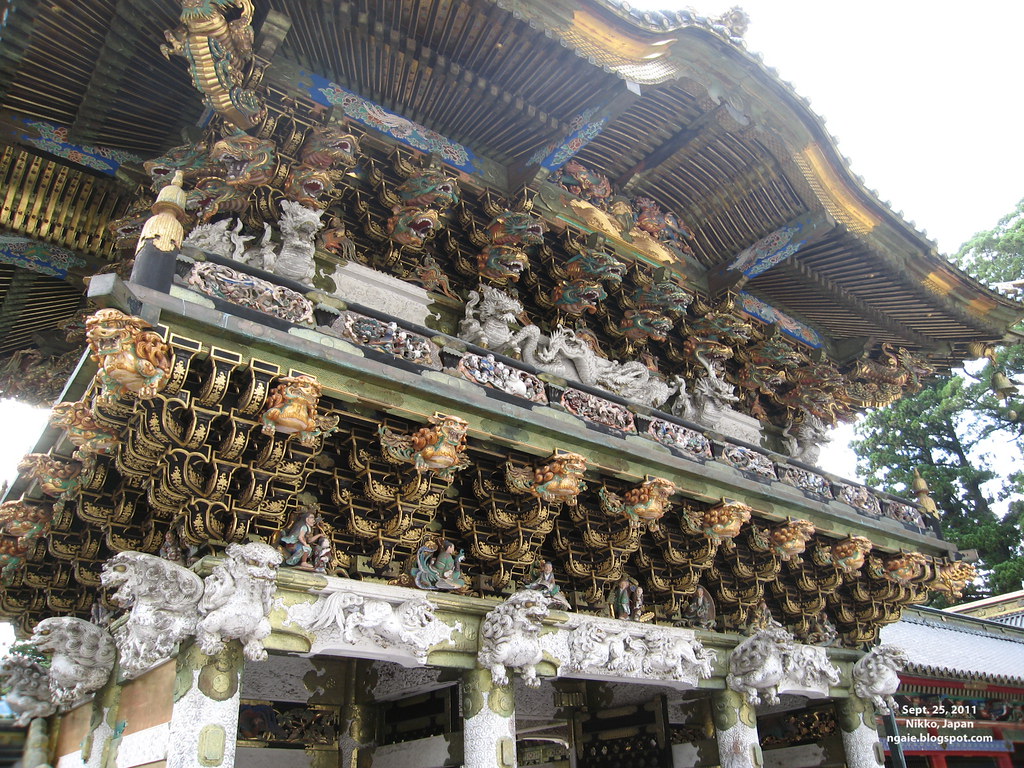
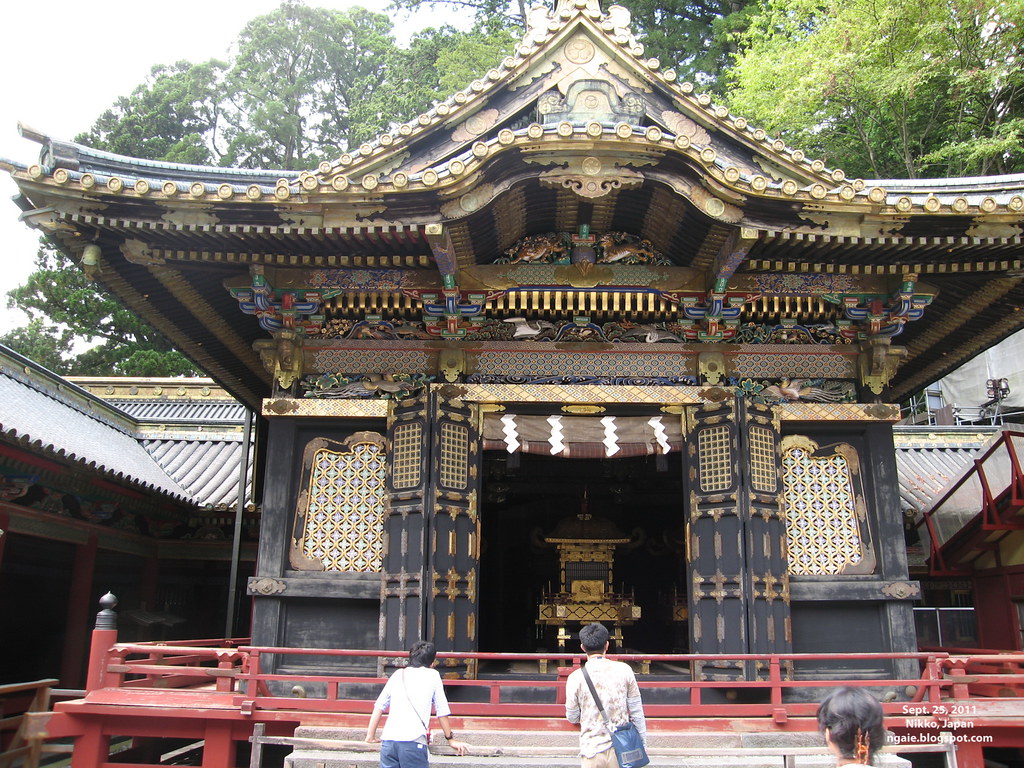
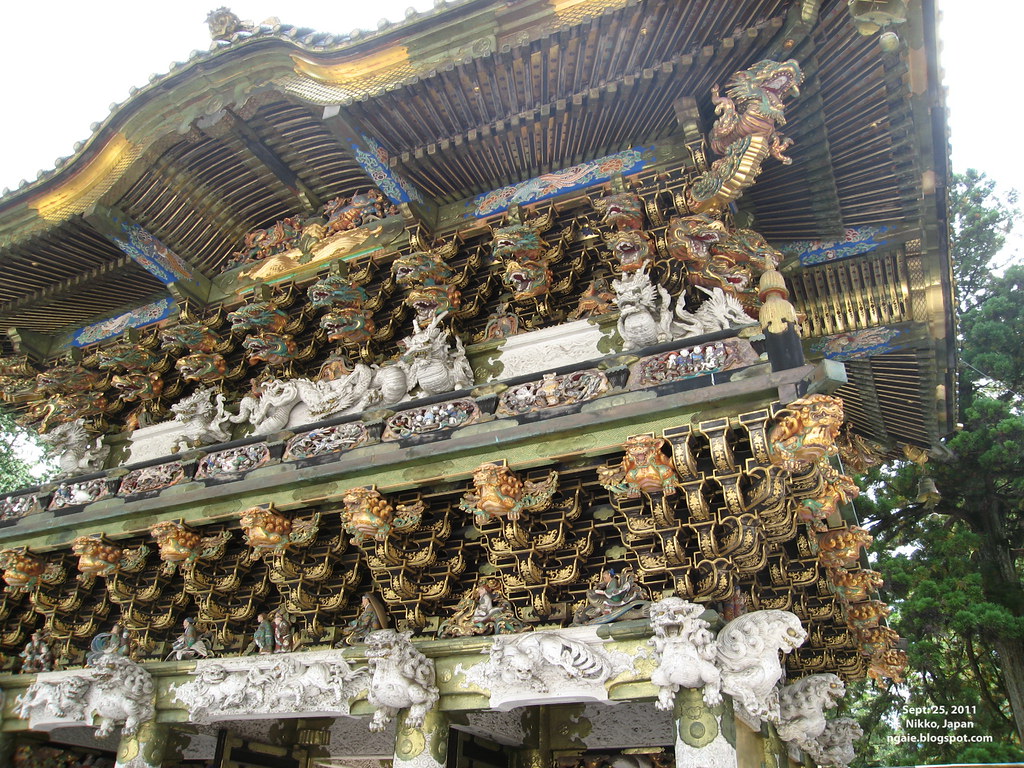
The famous carving of the "Sleeping Cat". To enter this area, and to see the actual mausoleum, you needed to pay an additional 520 yen fee!
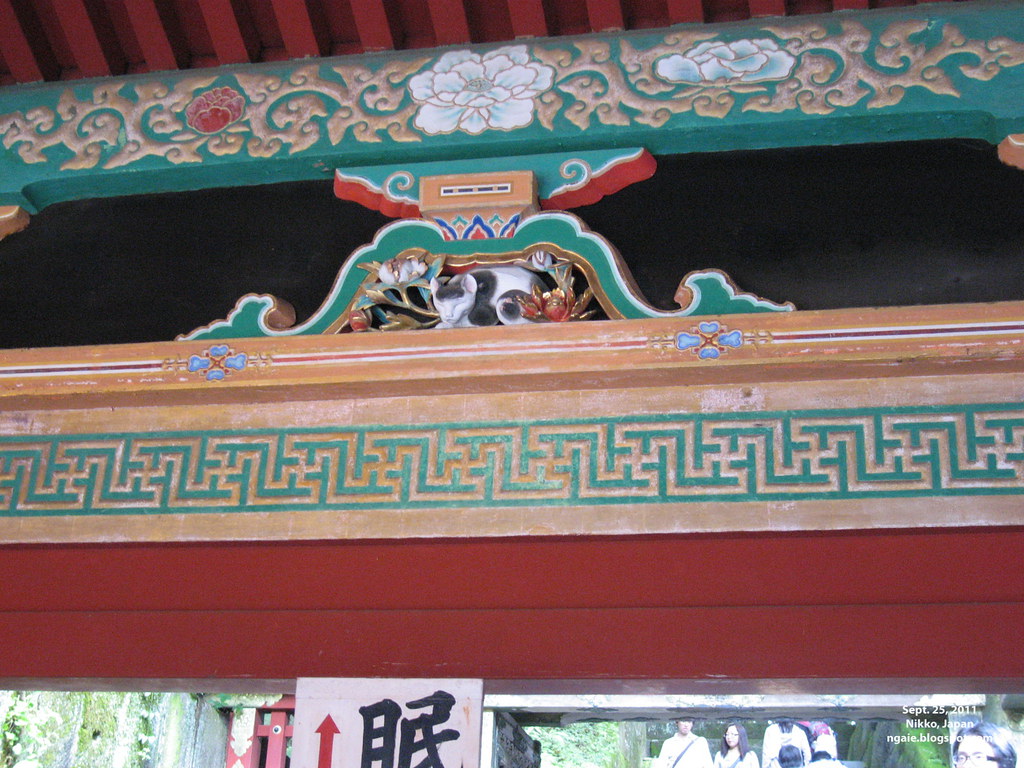
The long path to the mausoleum of the first shogun of Japan.
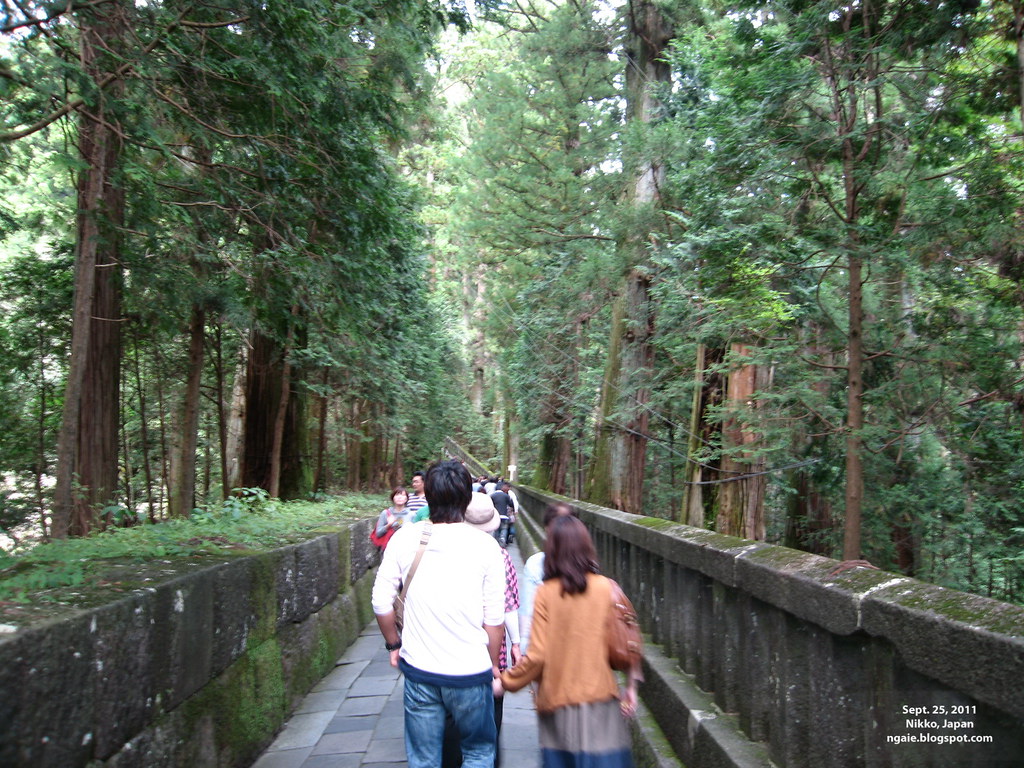
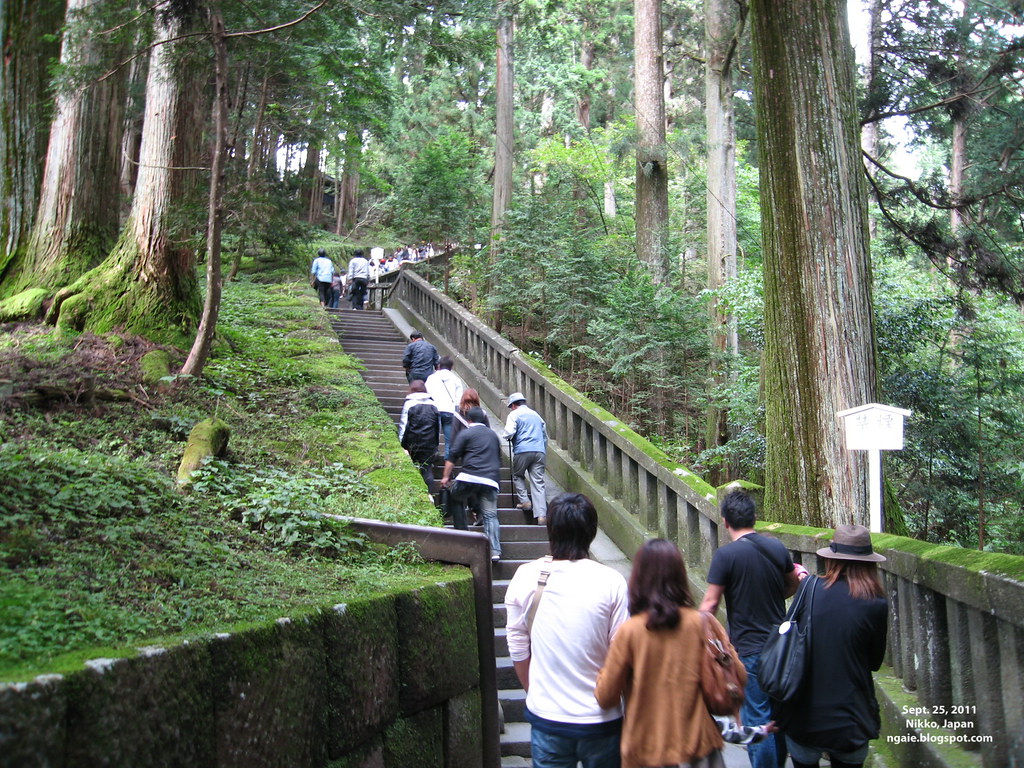
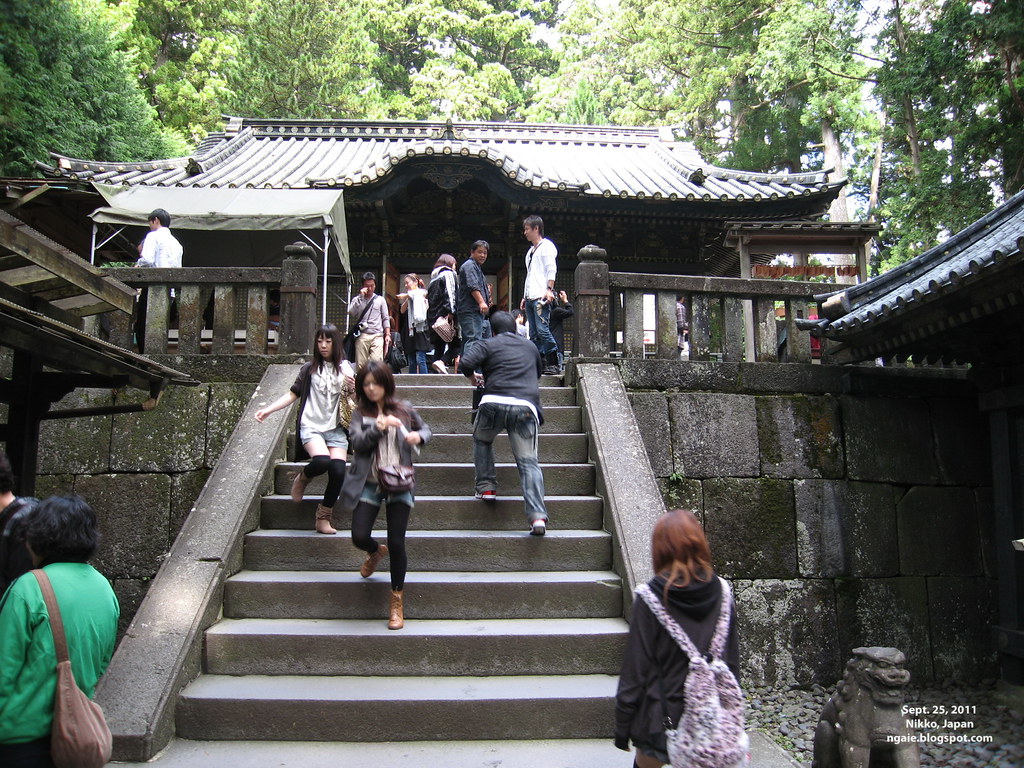
The mausoleum of the first shogun.
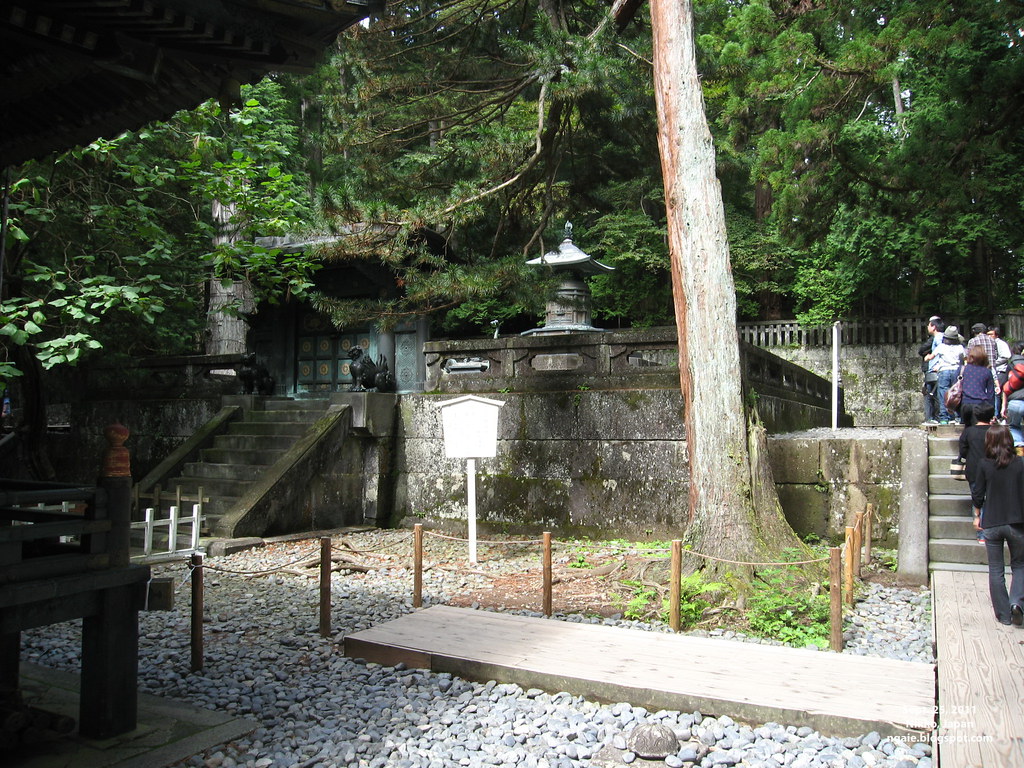
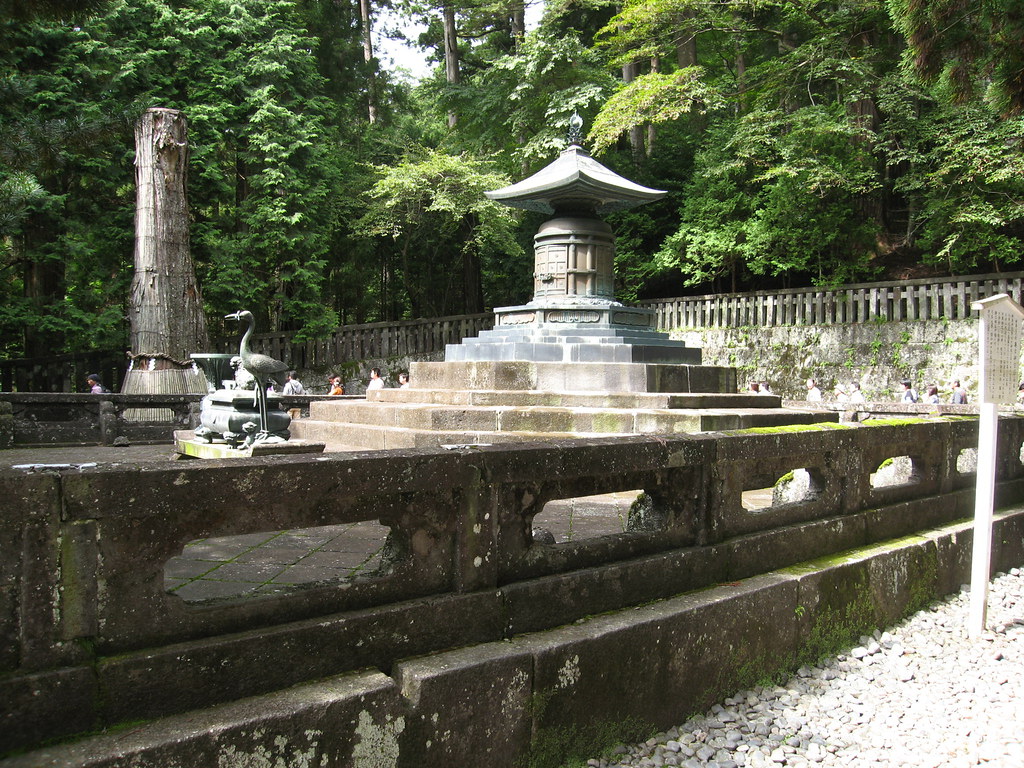
Another shrine or temple which I don't remember. There are too many in Nikko.
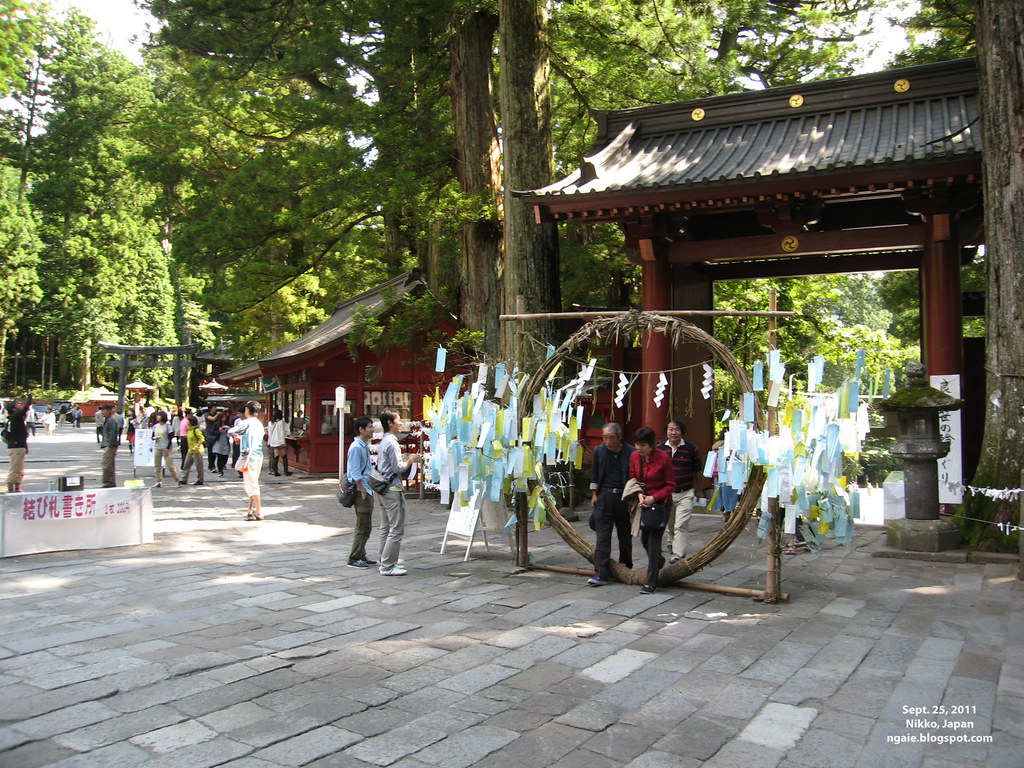
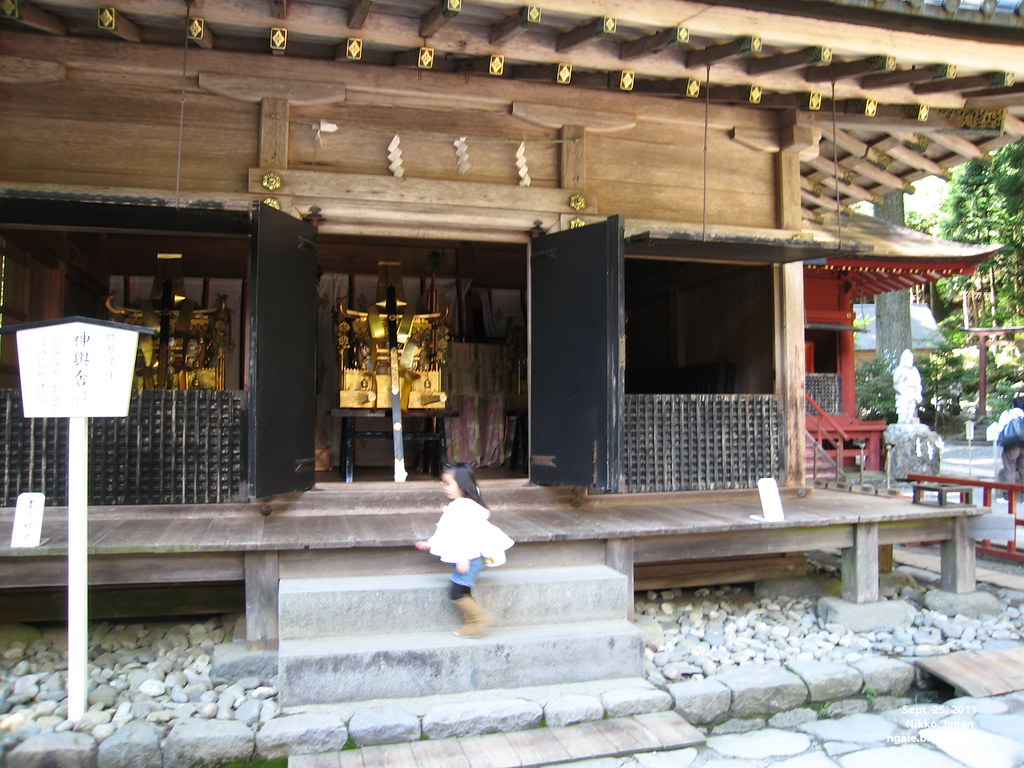

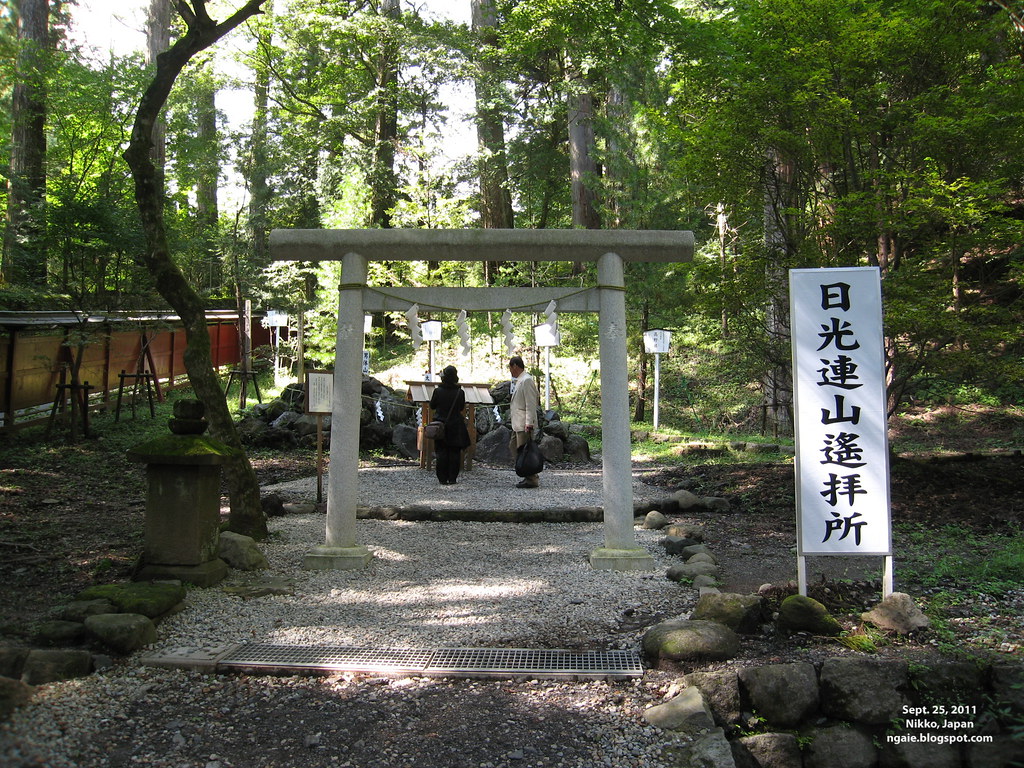

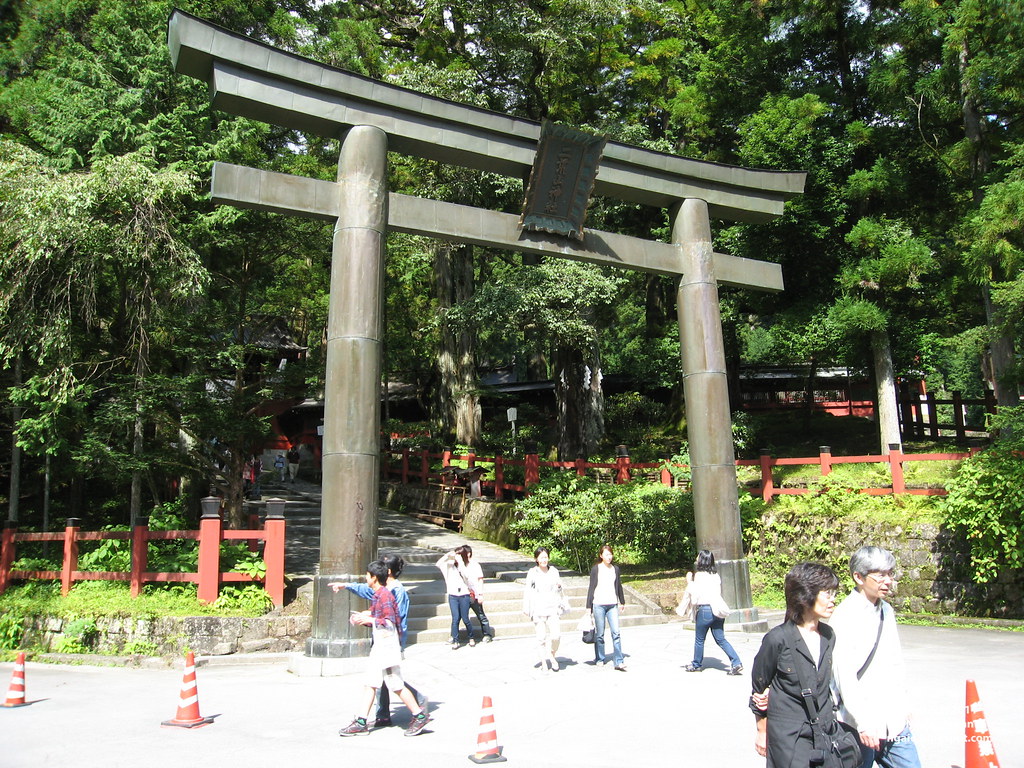
Taiyuin (大猷院). The Taiyuinbyo is the mausoleum of the third Tokugawa shogun, Iemitsu, the grandson of Ieyasu. The Taiyuinbyo resembles the Toshogu in its layout and lavish decorations, but it is intentionally kept more modest than the Toshogu.



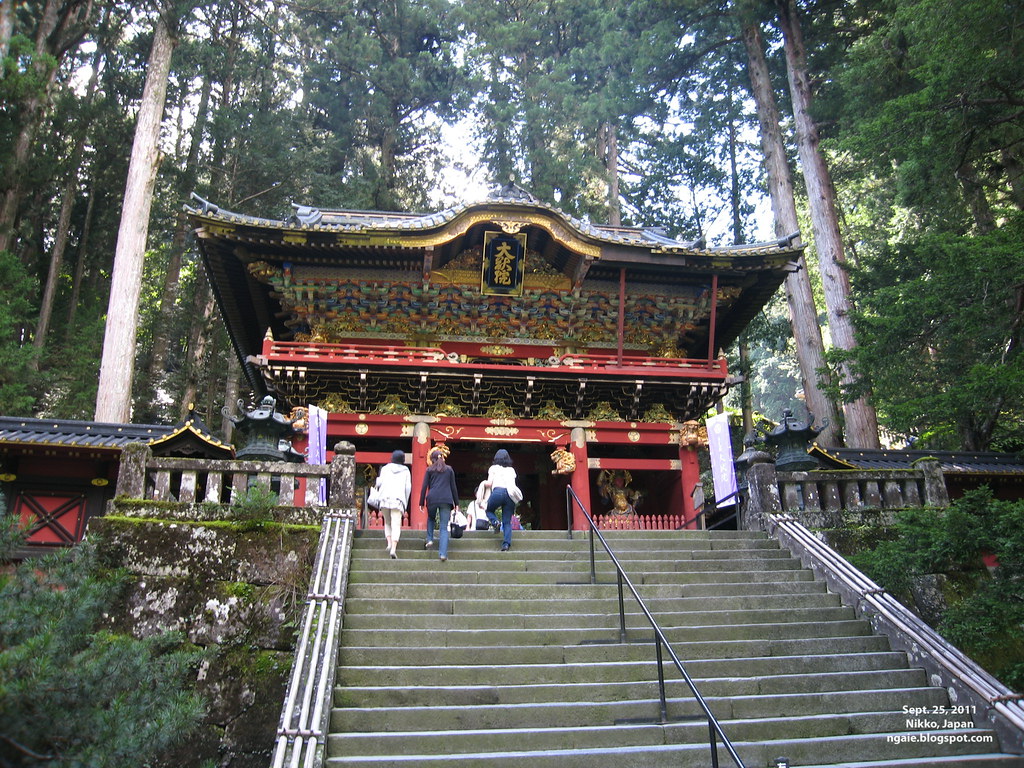
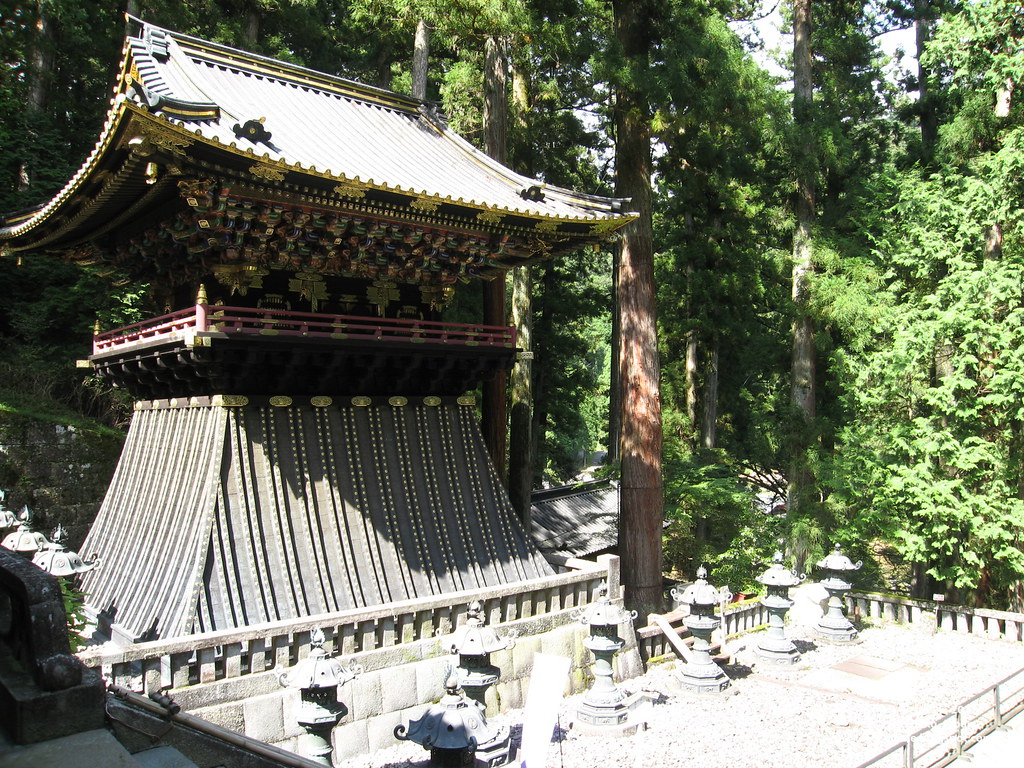

The area surrounding the world heritage sites. Needless to say, it was disappointing.

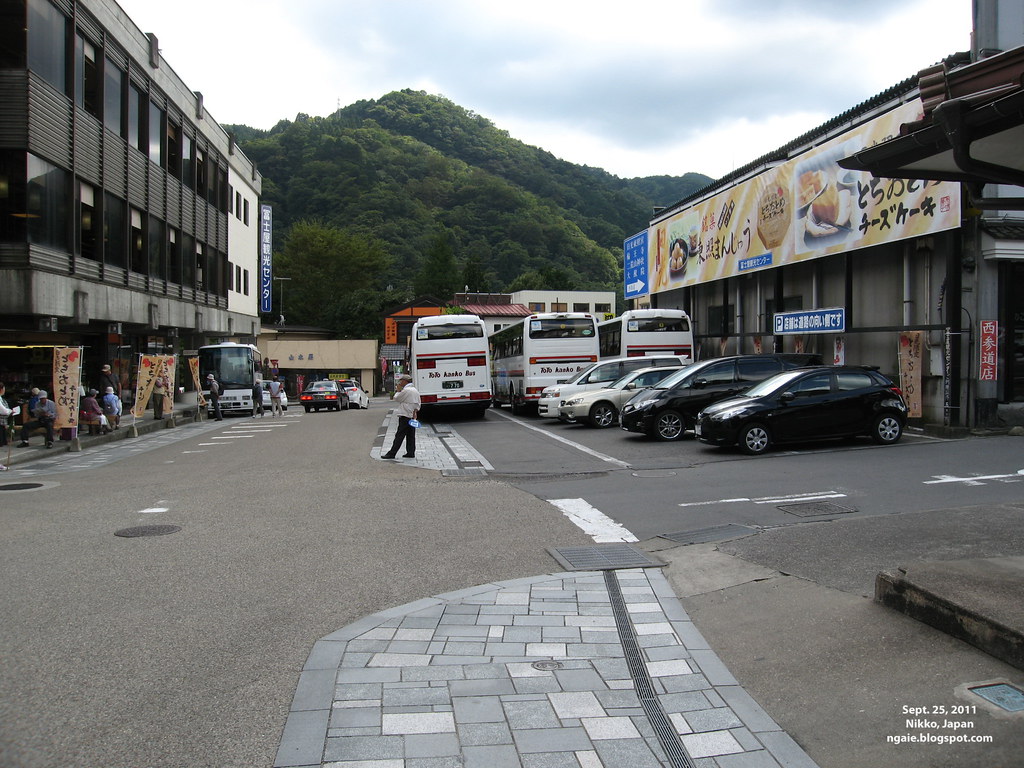

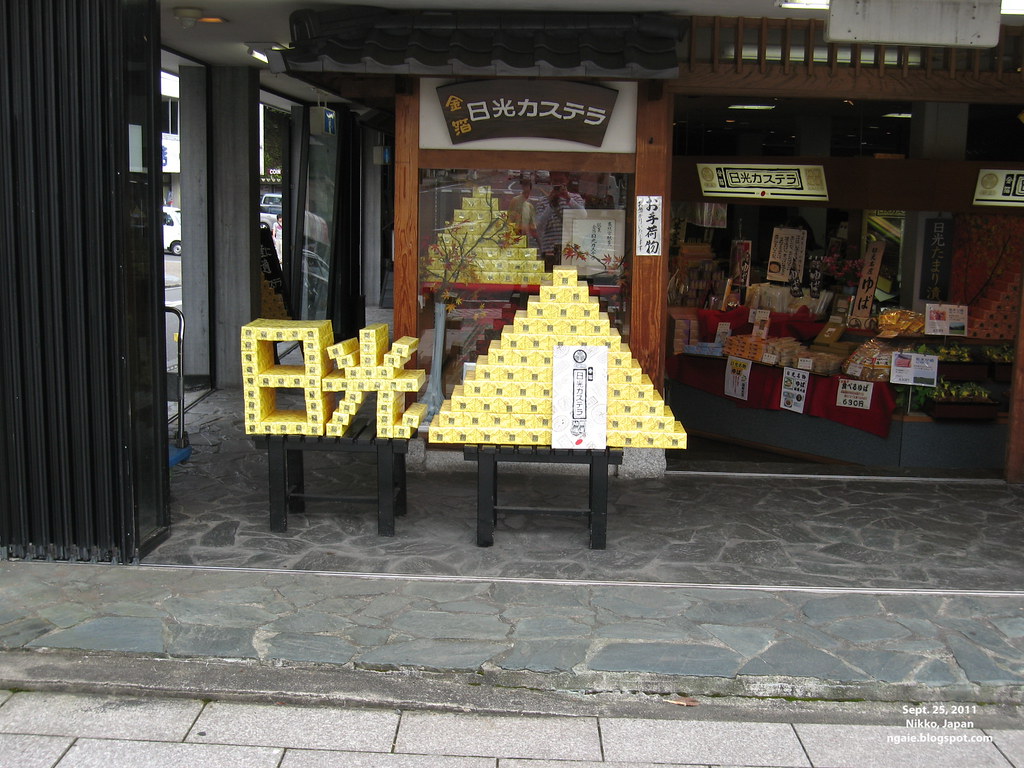
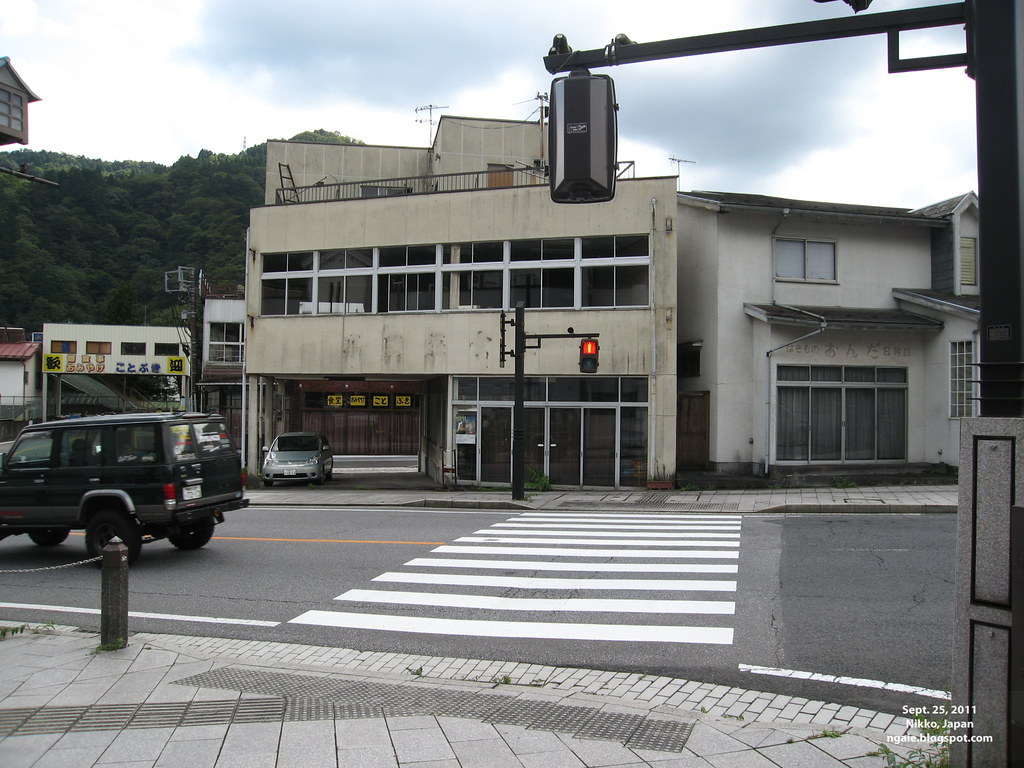
After seeing all the attractions by 2:00 pm, I decided to take the train to the Kinugawa Onsen area to see if there was anything interesting there since the train fare was covered in the pass. This would turn out to be a complete waste of time!
Apparently, this Kinugawa Onsen town was originally developed as a onsen (hot spring) resort town during the booming and economic bubble years of Japan in the 80s and 90s and after the economic bubble popped, the town has been in decline ever since.
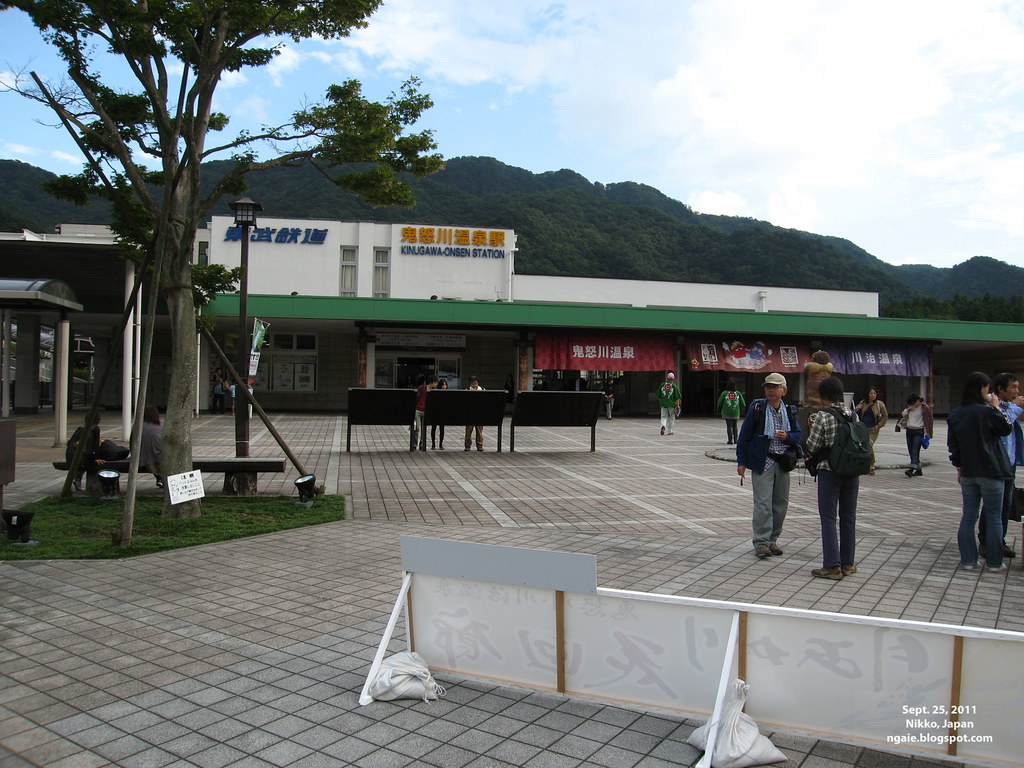

The only convenience store close to town, a no-name store.
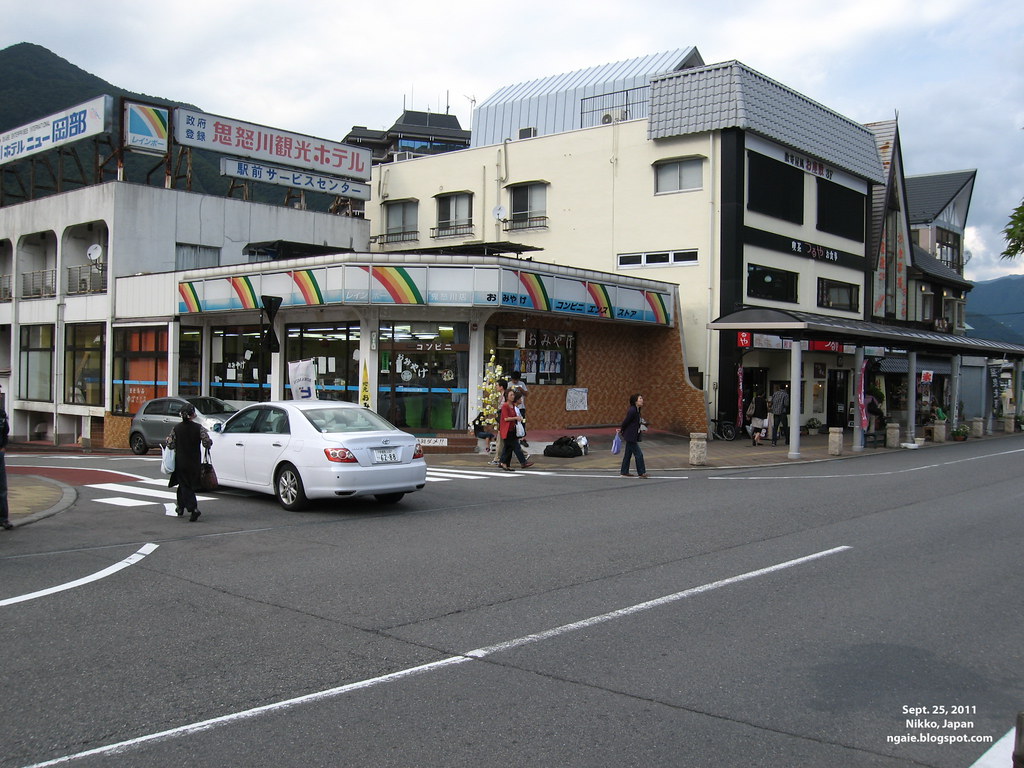
Full of large hotels and deserted streets.

This thing is like a relic from the 80s!
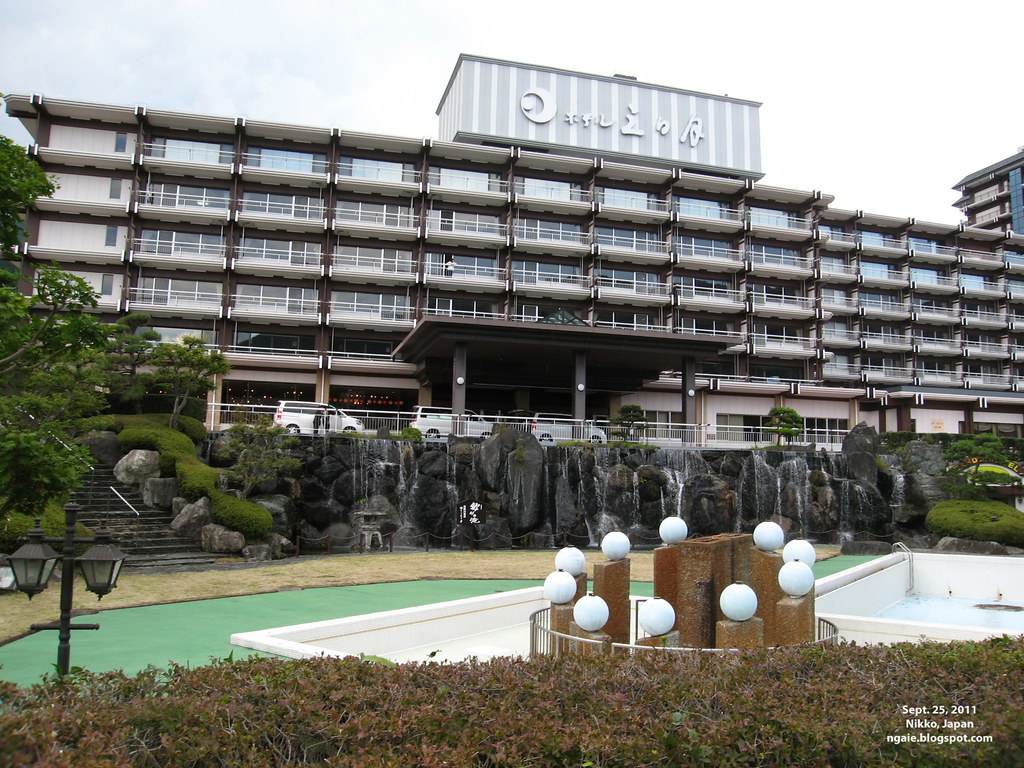
More of the town.

Abandoned Pachinko parlor.
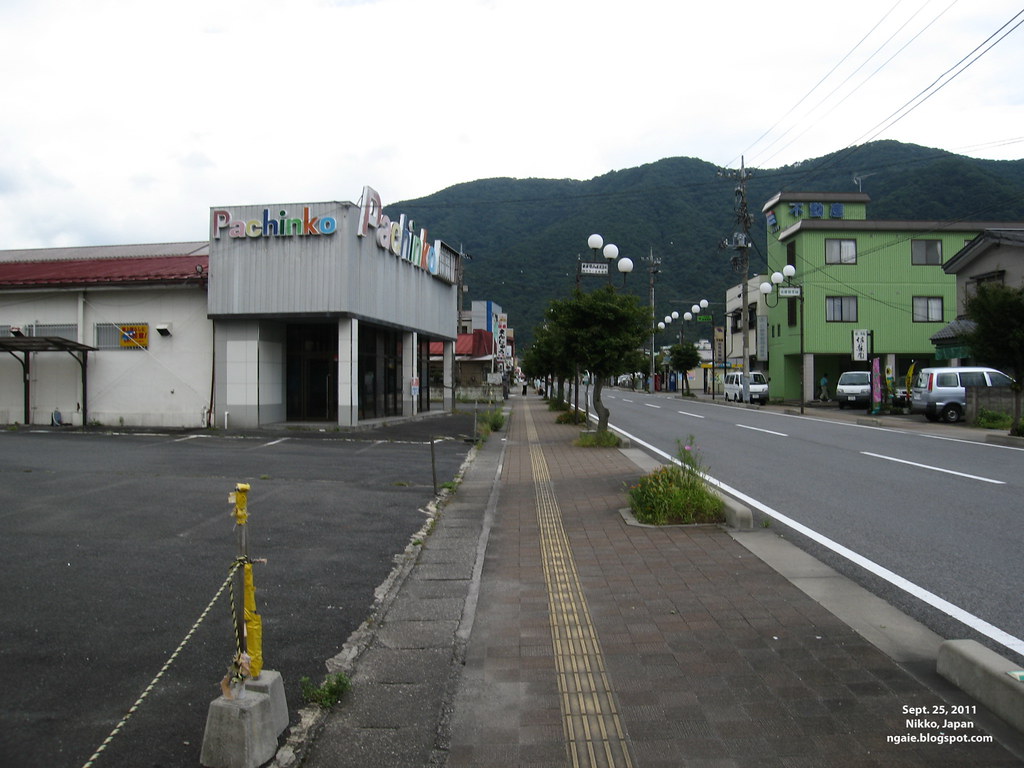
There were literally almost no cars on the road! Kind of creepy actually...
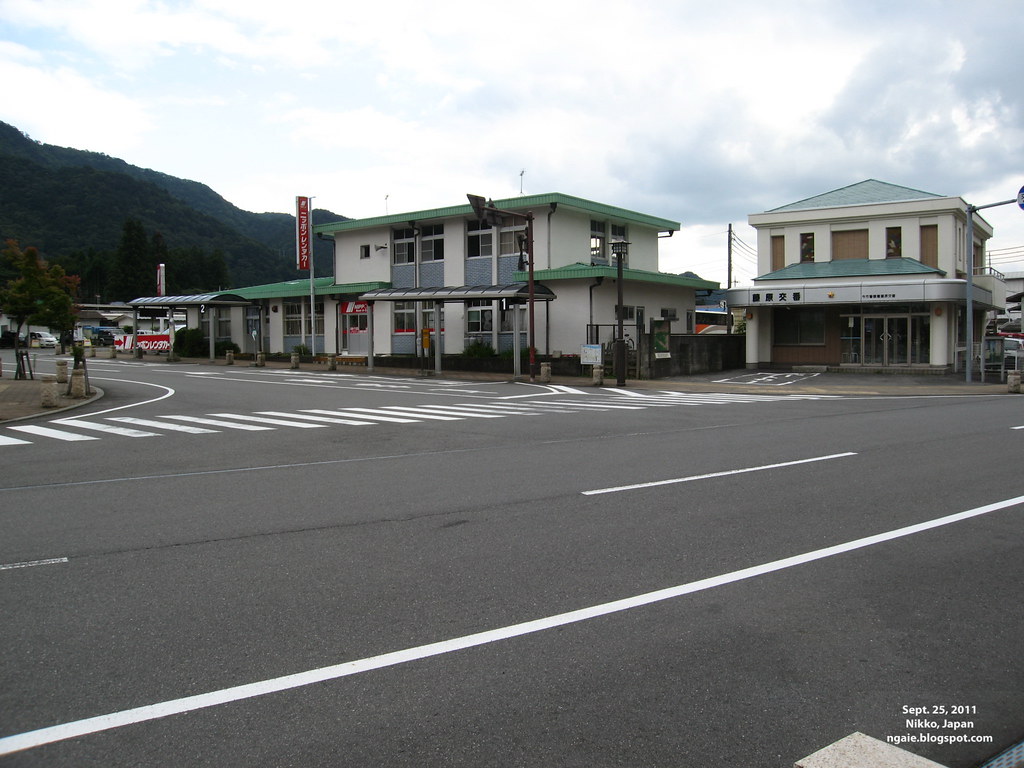
Finally, arrival back to Tokyo at Asakusa. Whats interesting is how wide the gap between the train and the platform was!
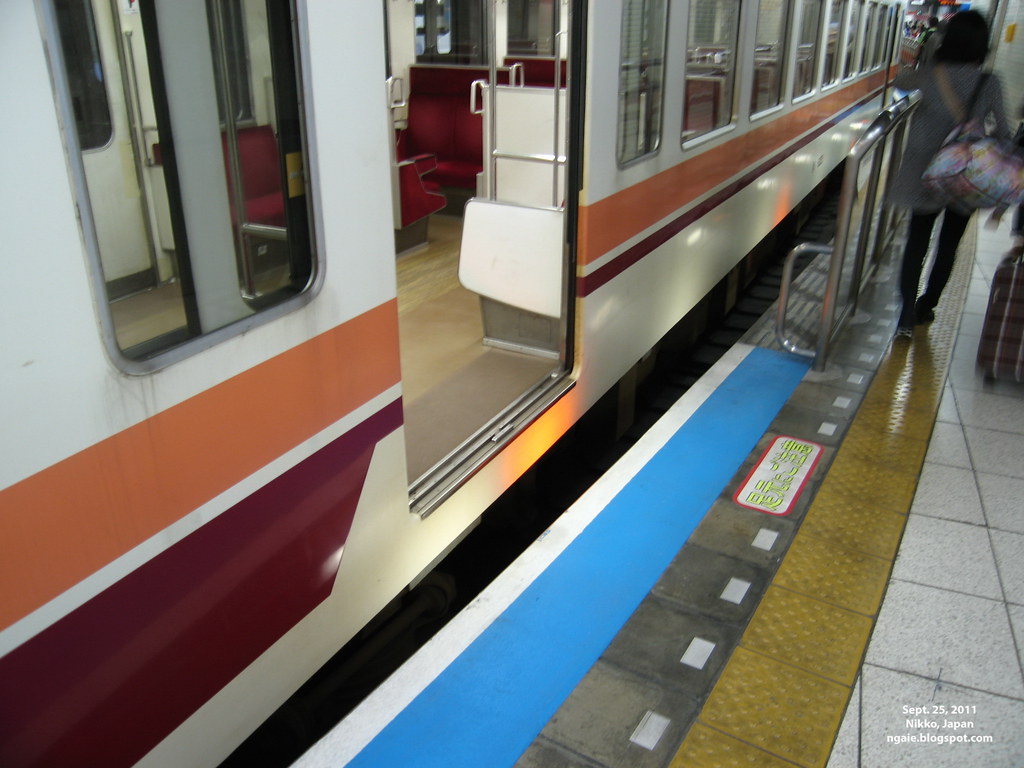
Conclusion: To me, Nikko is not worth the time or money. If you wanted to see some aspects of the "traditional Japan", its better just to go to Kyoto.

4 comments:
Hi Ernest, this is Janice. I'm a friend of David. I'm planning to go to Nikko next week and I chanced upon your blog! Anyway, thanks!
Hi Ernest, this is Janice. I'm a friend of David. I'm planning to go to Nikko next week and I chanced upon your blog! Anyway, thanks!
Thanks for looking around!
Thanks for the photos and your dismal review of Nikko. Since you didn't go hiking and see the falls or go during the peak season of Kouyou (fall leaf viewing) I think you missed some of the attraction of the area.
You really should have read some Japanese History before going to the Shrines!
Tokugawa Ieyasu was in no way the 1st Shogun of Japan. There were many Shoguns through many eras for over 1000 years in Japan! He was the one who united the country and ended the feudal period of constant warfare between feudal lords however, so in this respect he is very revered in Japan because his wise ruling brought peace for hundreds of years to Japan. He was the first of the Tokugawa Shoguns who ruled until the Modernization of Japan when the Emperor (Meiji) retook control of the country from the Samurai in the late 1800s - some of that history is shown in the movie (The Last Samurai)
Post a Comment